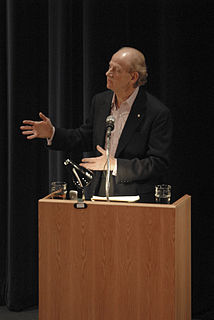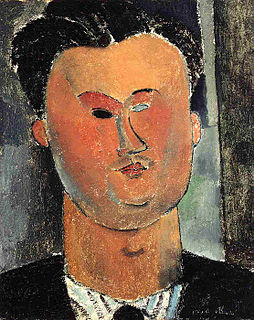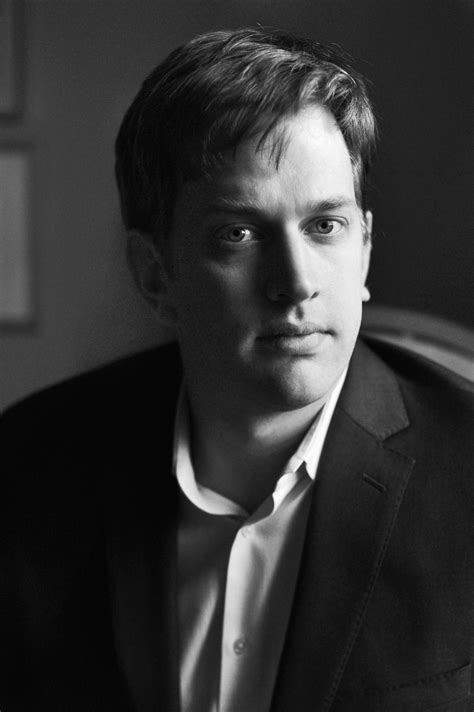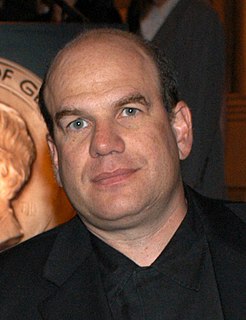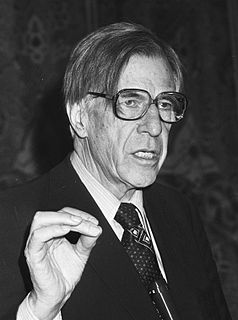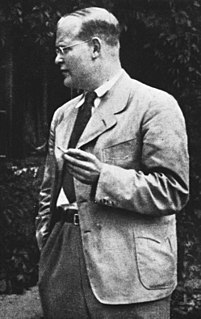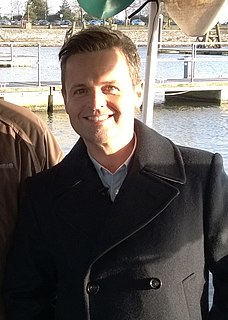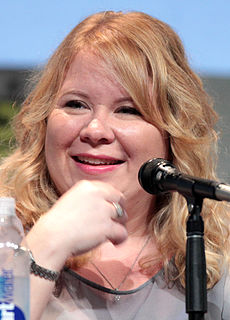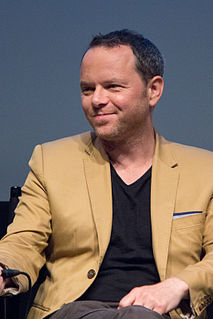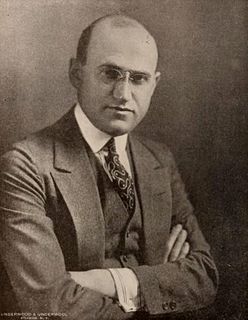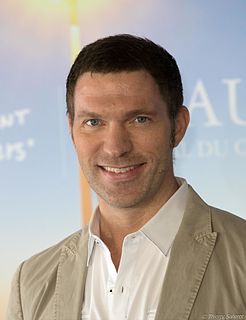A Quote by Joan Konner
Journalism has always existed in two different realities . . . the economic marketplace and [the] special institution to serve the public interest. The traditional balance between those two has become destabilized. Economic reality has taken over.
Related Quotes
We are entering a world where there won't be one but two realities, just like we have two eyes or hear bass and treble tones, just like we now have stereoscopy and stereophony: there will be two realities: the actual, and the virtual. Thus there is no simulation, but substitution. Reality has become symmetrical. The splitting of reality in two parts is a considerable event which goes far beyond simulation.
My position is that the rate should align with the level of economic development. Because it is always about a balance, a balance of interests, and it should reflect this balance. A balance between those who sell something across the border and those who benefit from a low rate, as well as a balance between the interests of those who buy, who need the rate to be higher. A balance between national producers, for example, agricultural producers who are interested in it.
Now listen to the first three aims of the corporatist movement in Germany, Italy and France during the 1920s. These were developed by the people who went on to become part of the Fascist experience: (1) shift power directly to economic and social interest groups; (2) push entrepreneurial initiative in areas normally reserved for public bodies; (3) obliterate the boundaries between public and private interest -- that is, challenge the idea of the public interest. This sounds like the official program of most contemporary Western governments.
A photograph is what it appears to be. Already far from 'reality' because of its silence, lack of movement, two-dimensional ity and isolation from everything outside the rectangle, it can create another reality, an emotion that did not exist in the 'true' situation. It's the tension between these two realities that lends it strength.
The image is a pure creation of the mind. It cannot be born from a comparison but from a juxtaposition of two more or less distant realities. The more the relationship between the two juxtaposed realities is distant and true, the stronger the image will be - the greater its emotional power and poetic reality..
It is amusing to discover, in the twentieth century, that the quarrels between two lovers, two mathematicians, two nations, two economic systems, usually assumed insoluble in a finite period should exhibit one mechanism, the semantic mechanism of identification - the discovery of which makes universal agreement possible, in mathematics and in life.
I'd love if people relearned the lessons of the 20th century all over again. Which is to say this country progressed economically and socially when we had a better balance between capital and labor. Neither capital or labor won every argument. The battle between the two created economic tension, and transformed the working class into the middle class, and grew the economy.
The accepted ideas of any period are singularly those that serve the dominant economic interest...What economists believe and teach, whether in the United States or in the Soviet Union, is rarely hostile to the institutions - the private business enterprise, the Communist Party - that reflect the dominant economic power. Not to notice this takes effort, although many succeed.



